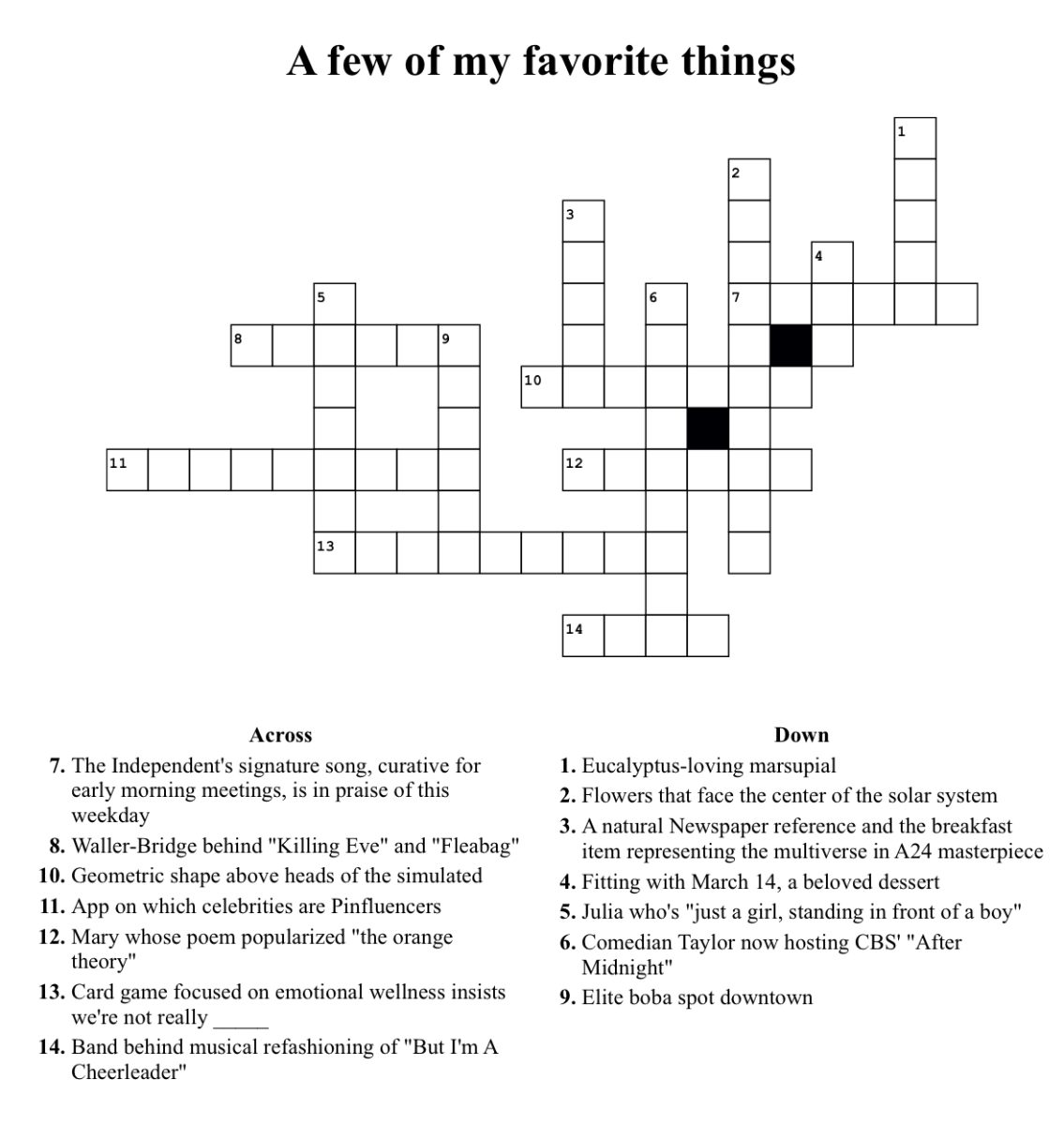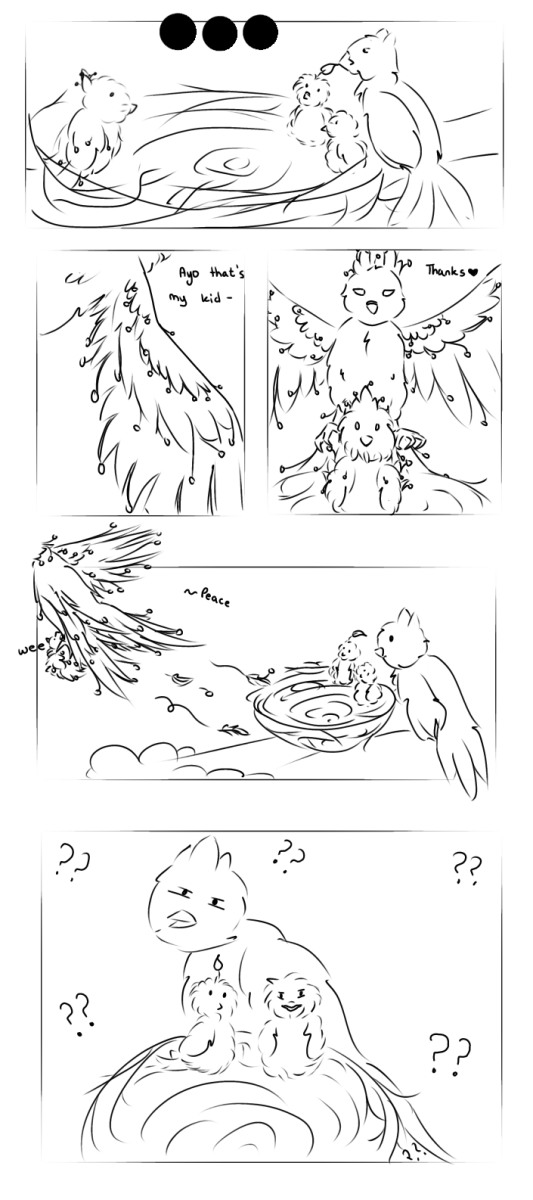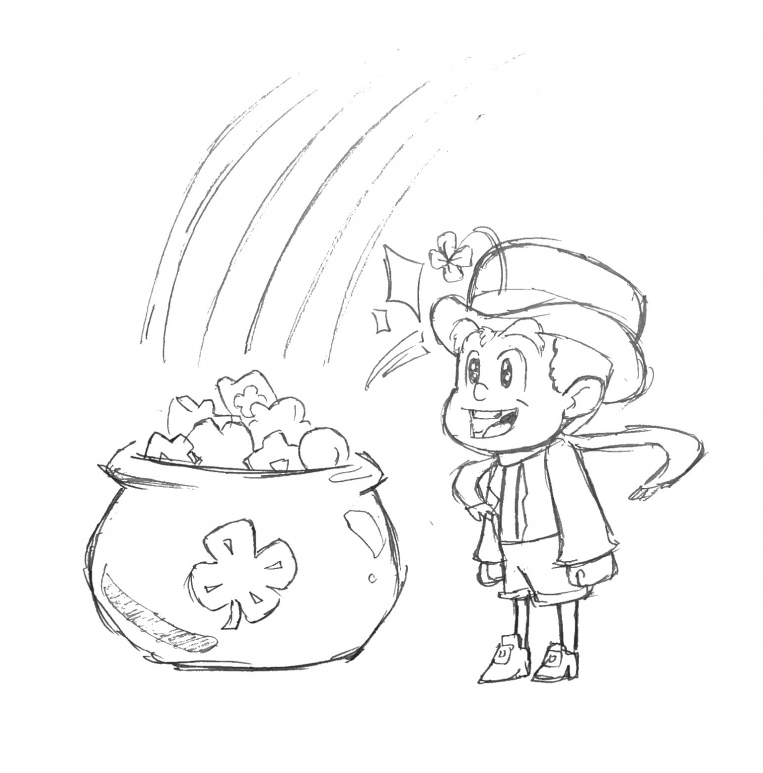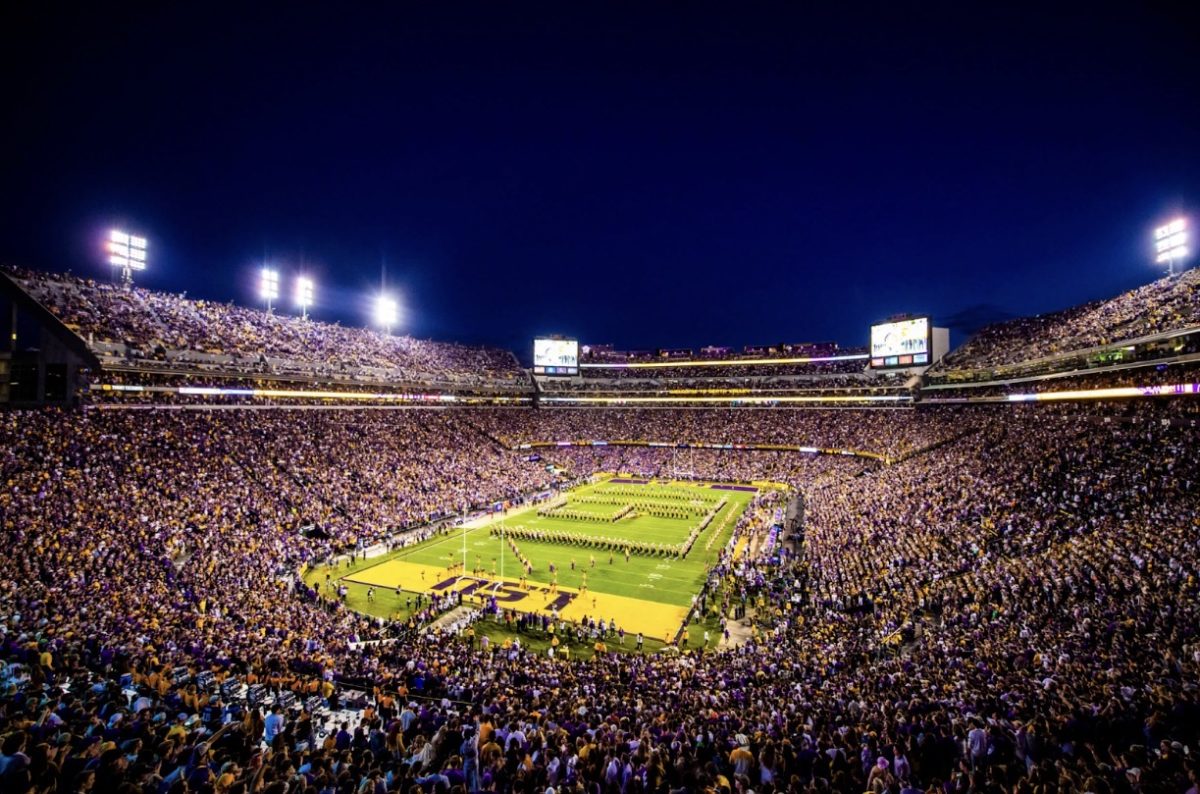Saint Patrick’s Day traditions
March 17, 2016
Saint Patrick’s Day originated to honor an old saint, Saint Patrick, the patron saint of Ireland. Over time, Saint Patrick’s Day evolved to celebrate all those who are Irish, specifically Irish-Americans. Today, however, Saint Patrick’s is a holiday celebrated by many, regardless of their culture or heritage.
One of the most well known symbols associated with Saint Patrick’s Day and the Irish in general has been the shamrock. According to History.com, the shamrock was a sacred plant in ancient Ireland, symbolizing the rebirth of spring. However, by the seventeenth century, many Irish relied on the shamrock as a symbol of their emerging nationalism. This was due to England’s invading Ireland and assimilating the Irish into English culture. So, the Irish used the shamrock as a symbol of their national pride.
Another popular Saint Patrick’s Day symbol has been the the leprechaun. According to History.com, the belief in leprechauns has stemmed from the belief in fairies. In old folktales, leprechauns were cranky souls, known especially for their trickery. which they would use to protect their treasure. This somewhat has related to the viewpoint of the “modern day” leprechaun, which if one manages to catch, one will receive the leprechaun’s treasure– gold. Even though this has been simply an old legend, it certainly has not stopped people from having fun and joking around about leprechauns on St. Patrick’s Day.
Additionally important to the Irish culture has been its music. When the English originally oppressed the Irish and their culture, music was what the Irish turned to for relief. According to History.com, one of the most popular forms of Irish music has been uilleann pipes or elaborate bagpipes. The fiddle has been another popular Irish music instrument. Additionally, both the fiddle and uilleann pipes have been used for centuries.
Today, many people around the world, especially Americans, celebrate Saint Patrick’s Day as a way to recall and celebrate Irish culture. But if one simply looks beyond the “modernized, American version” of Saint Patrick’s Day, one will surely develop a greater appreciation of the Irish culture.































